The peoples of Mesopotamia were constituted by two main groups, the Sumerians and the Akkadians around 3 thousand years BC.
However, the Amorites, Chaldeans, Hebrews and Hittites are also part of Mesopotamian civilization.
From them were formed the kingdoms that coalesced into the empires that became known as the First Babylonian Empire and the Second Babylonian Empire.
Sumerians
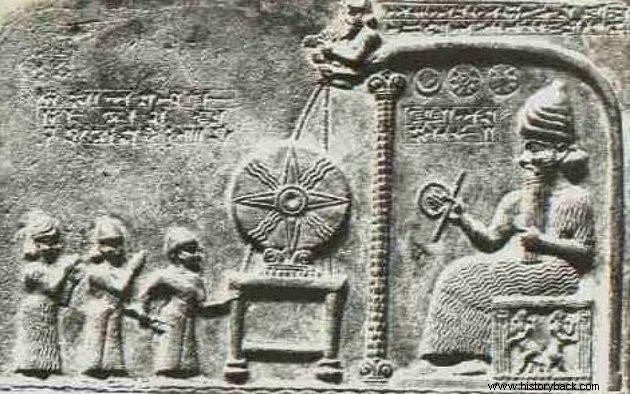
The Sumerians were responsible for the first temples and monumental palaces. They were also responsible for the first city-states and it was from this people that the writing of writing in the period between 3,100 and 3,000 years B.C. came from.
The records point to signs of pictographic writing, which uses drawings instead of phonetic symbols and can be read in any language. For example, a pictogram of an arrow will always represent the same.
Later, signs were adapted to represent phonetic sounds. Although they were not the first to seek the graphic representation of words and sounds, the Sumerians significantly influenced current writing.
The Sumerian language is considered a language agglutinator and has no relation to any other language. Scholars point to a relationship between the Sumerian language and the languages spoken in northern India, but the evidence is still the basis of research.
Among the many inventions of the Sumerians are cylinder seals, made from wet clay and used to identify envelopes, ceramics and bricks. The invention demonstrates the clear need for organization within large cities.
The stamps brought the need to confirm orders and control the geographic and economic growth of urban centers.
The origin of the Sumerians is unknown. These people were not the first to inhabit Mesopotamia and were not there 4,000 years BC. Agriculture, for example, was not discovered by them, but adapted, as well as the techniques of domestication of animals.
Although they did not invent it, the Sumerians were the first to use instruments made of metal for agricultural handling. They also perfected planting techniques such as the plow and learned to work leather.
See also:SumeriansAkkadians
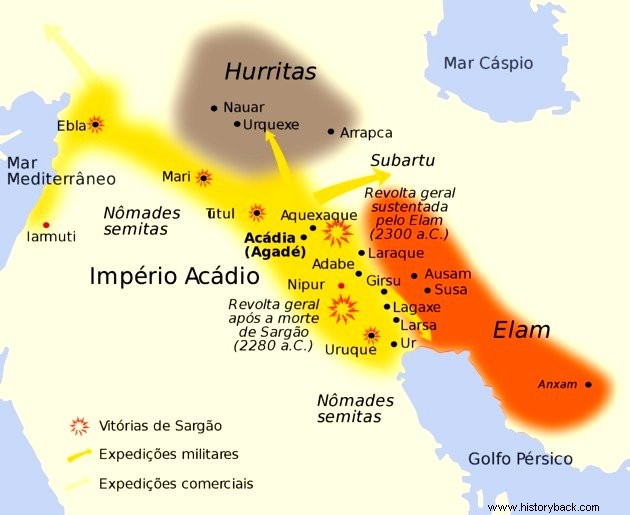
The Akkadians were a semi-nomadic people who lived in eastern Mesopotamia. Their migratory movements were defined by the search for pastures for their animals and the seasons.
The main written records regarding the Akkadians, who were illiterate, were left by the Sumerians. The presence of the Akkadians in Mesopotamia occurs in consonance with the Sumerians.
The Sumerians, however, were dominated by the Akkadians, who conquered Mesopotamia between 2550 BC. and 2300 BC, under the leadership of King Sargon I.
The Akkadians mastered sophisticated war instruments for the time, such as the bow and arrow, as well as spears and were successful against the Sumerians.
With Mesopotamia under their rule, the Akkadians formed the first empire in the region, and reigned until 2150 BC, when the people of Asian origin, the Guti, conquered them.
The rule of Mesopotamia was later retaken by the Sumerians, but internal disputes weakened the kingdom, which was taken over by the Ammonites in 2000 BC.
See also:AkkadiansAmmonites
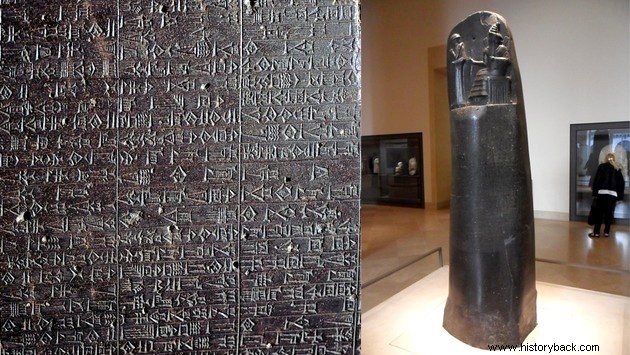
The Ammonites settled in south-central Mesopotamia and, under Hammurabi, founded the First Babylonian Empire.
Hammurabi managed to conquer all of lower Mesopotamia starting in 1792 BC. and only in the 18th century BC. the region has been unified.
In this way, Hammurabi begins to establish social and economic rules and elaborates the laws that became known as the Code of Hammurabi.
In addition to the rigid code of conduct, the Babylonian Empire was marked by the heyday of the region's economy. There were, however, limits that harmed the system, such as the fact that positions were hereditary and the existence of slavery.
The professionalization of the army and the development of the mercantile economy also put pressure on the internal problems that would bring down the kingdom from 1800 BC onwards.
The first to conquer the empire were the Hittites. Among its hallmarks was the use of horses to equip the army.
See also:AmmonitesAssyrians
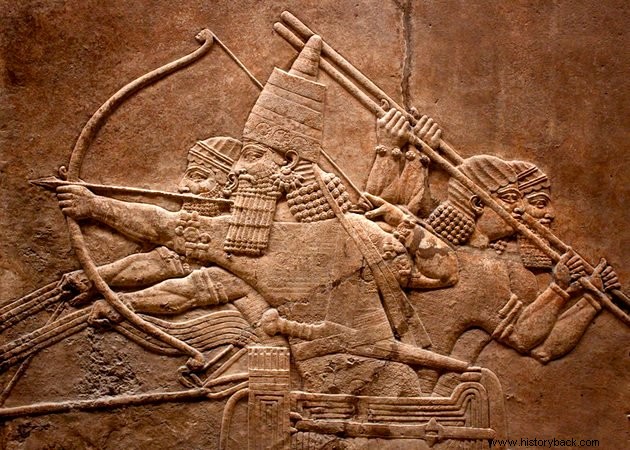
The Assyrians first settled in northern Mesopotamia, in the region known as Ashur and Nineveh, around 2500 BC. This people, however, started from 883 BC. migratory currents.
They were warriors and came to dominate the manufacture of war weapons. In battle they were considered swift and plundered conquered peoples. Cruelty was among his characteristics.
The Assyrian empire reached Syria, Phoenicia, Palestine and Ancient Egypt between the 8th and 7th centuries BC. Because they were very cruel to the conquered peoples, they provoked revolts and in 612 BC, the Chaldeans and the Medes defeated them, starting the Second Babylonian Empire.
See also:AssyriansChaldeans
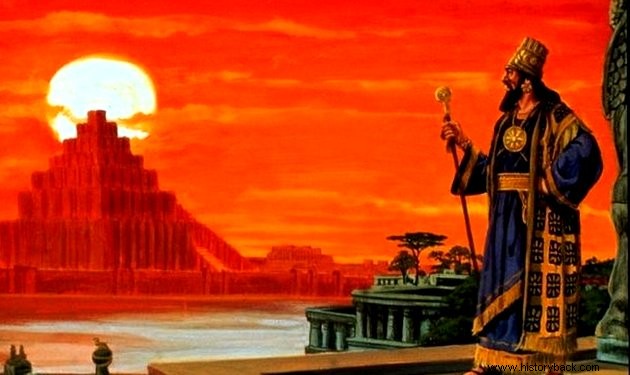
The origin of the Chaldeans is not known for sure, however their history is confused with that of Babylon because they dominated that city for a long time.
They developed astrology and mathematics to such an extent that the Romans used the word "Chaldean" as a synonym for these scholars.
The Chaldean empire was marked by the rule of Nebuchadnezzar, who in 586 BC. enslaved the Jews and took them to Babylon as slaves.
This king was also responsible for the reconstruction of Babylon transforming it into an imposing city.
See also:ChaldeansHebrews
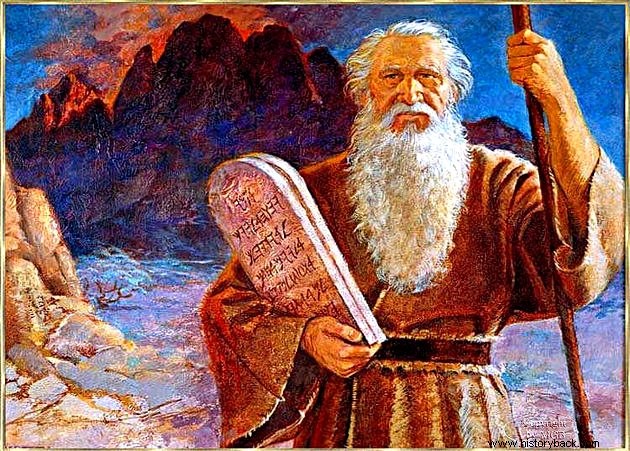
The Hebrews are a Semitic people of Hebrew origin descended from the patriarchs described in the Bible as Abraham, Isaac and Jacob.
Monotheists, the Hebrews organized themselves through the laws dictated by Moses and influenced the Jewish, Christian and Islamic religions.
They were semi-nomadic and were enslaved at various times in history, including under the reign of Nebuchadnezzar and also by the Egyptians.
Later, the Hebrews settle in Israel and will be expelled from there by the Romans in the year 135.
See also:HebrewsHittites
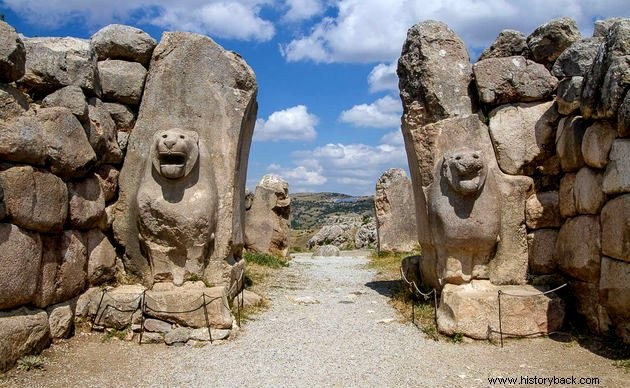
The Hittites are part of an ancient Indo-European civilization that emerged between 2000 BC. and 1340 BC. They would originate from the Dead Sea region.
They formed a great power in the Middle East. They were polytheists and believed that the king, in life, was a kind of second god.
The divinity was divided with the functions of prince, military leader and judge. When he died, the king became the god himself.
See also:HittitesLearn more about this subject:
- Mesopotamian Civilization
- Mesopotamian Art
- Babylonian Empire
- History of Writing
- Jewish Diaspora
- Questions about Mesopotamia
